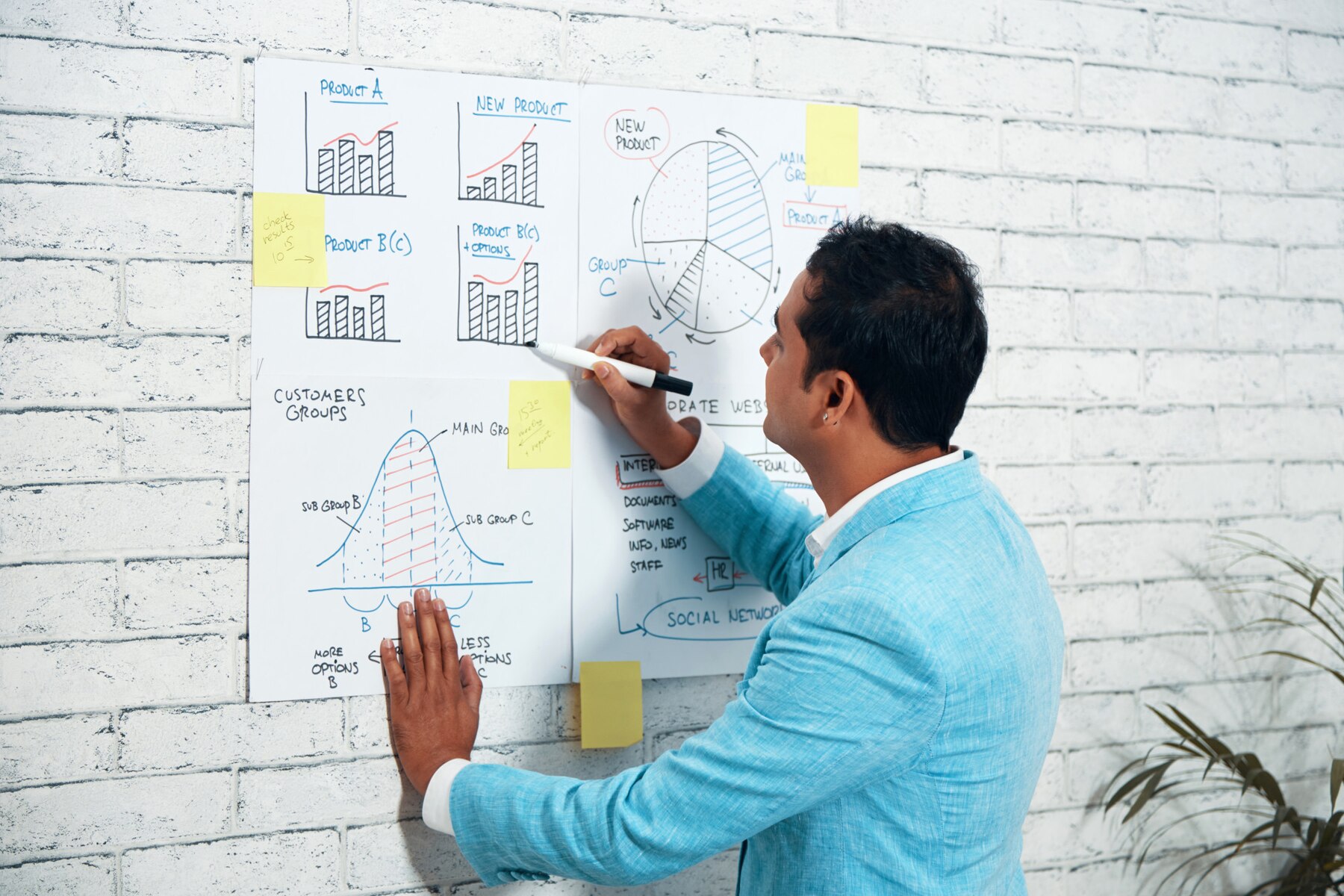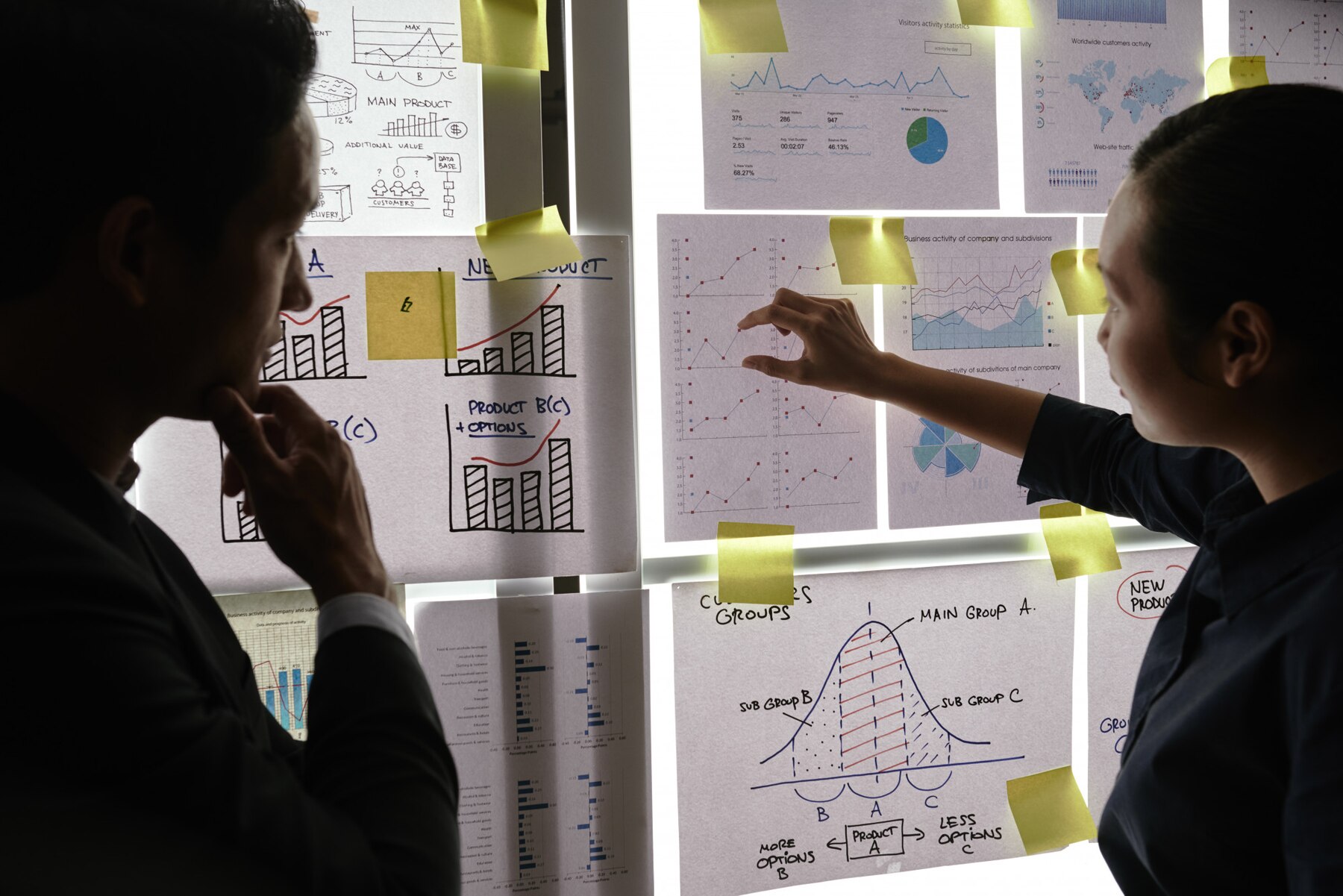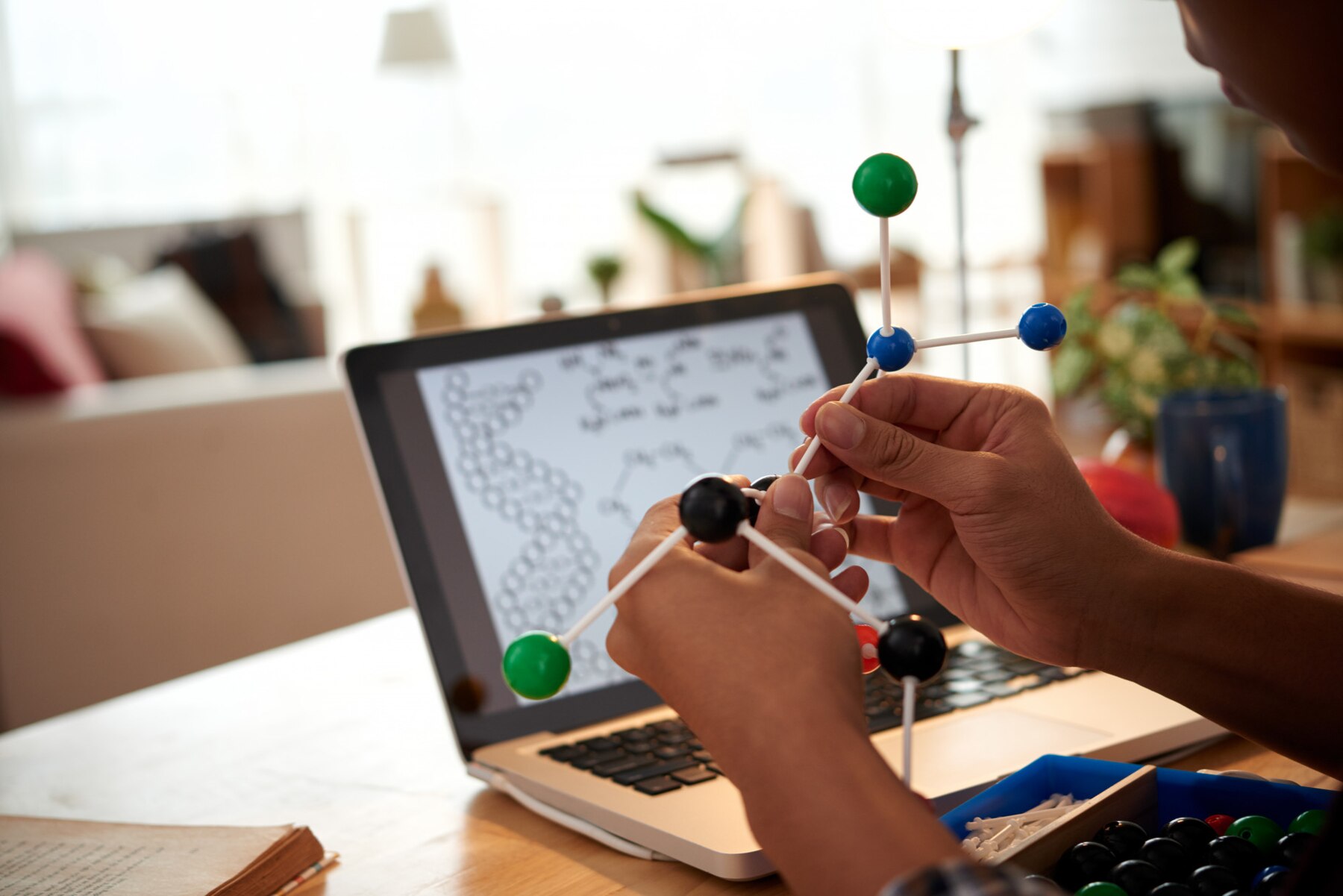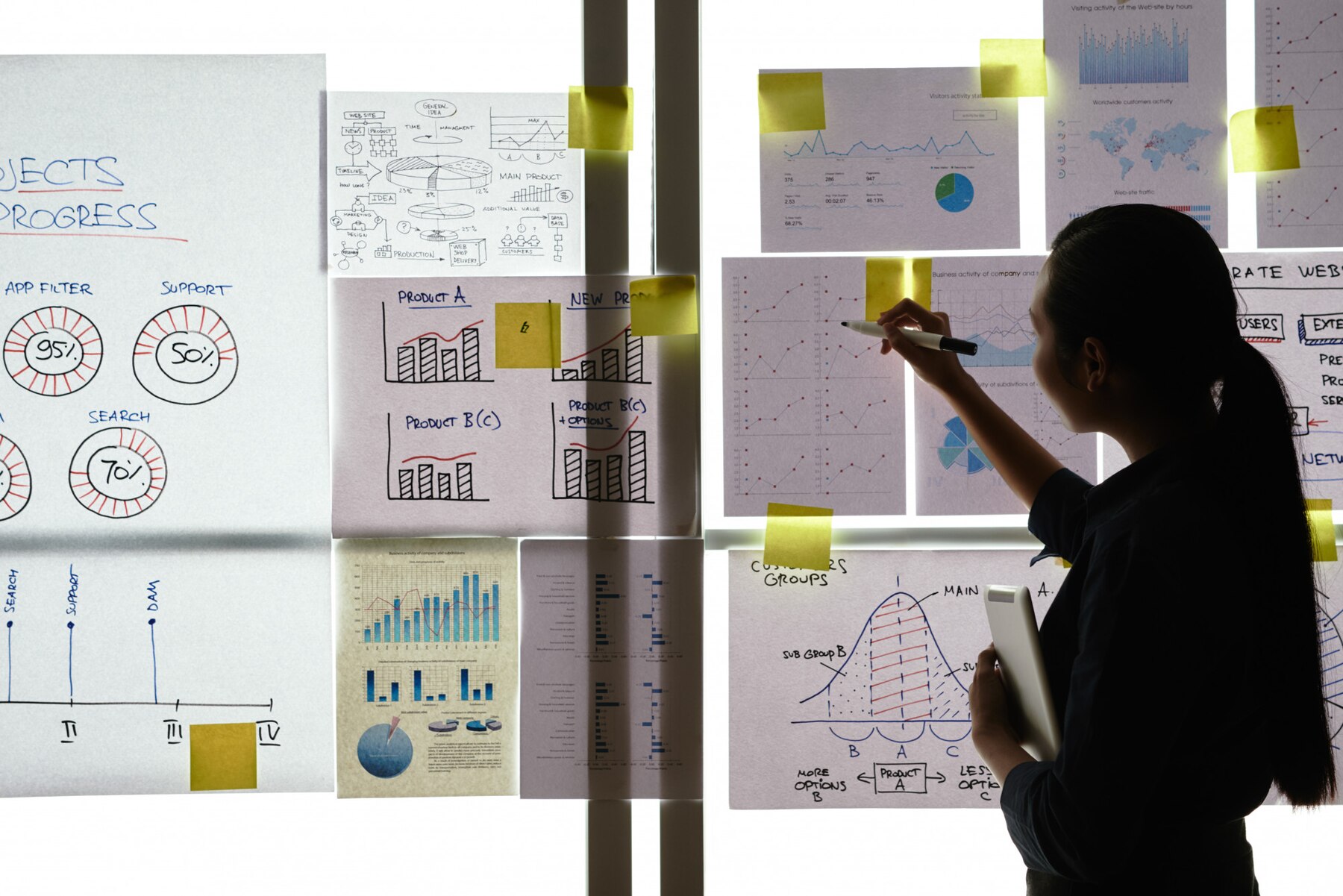
The Science of Visualization: How Successful People Use It
Visualization is a powerful tool for personal development. Successful people, like athletes and entrepreneurs, often use visualisation techniques. These methods help them reach goals and boost performance. But what is visualisation, and how does it work? This blog explores the science behind visualisation, its benefits, and how you can use it to boost your success.

Key Benefits of Visualization
Visualisation, or mental imagery, is about forming clear images in your mind. This helps you simulate or rehearse experiences. This technique is not just a trend; it has solid roots in science and psychology. It offers real benefits that can improve many areas of life.
Enhancing Performance through Mental Imagery
Visualisation has many advantages, one of them being performance improvement. In sports, academics or work, mental imagery can sharpen focus, raise confidence and increase motivation. Of course, research shows athletes who engage in visualisation outperform those who don’t. Successful outcomes light up the same brain pathways as actual practice. This enhances muscle memory and hone skills.
The Power of Goal Visualization
One of the more recent strong use cases for visualisation techniques is goal visualisation or goal setting. By visualising your goals, you create a mental roadmap for your actions and decisions. This process is for you to figure out your goals and give you purpose. Goal visualisation helps join your subconscious mind with what you consciously want. Having this connection can help keep us motivated.
How Mental Imagery Improves Performance
The science of mental imagery is fascinating. When you visualise an action, your brain sends signals to your neurons to “perform” the movement. This rehearsal strengthens neural connections, training your brain to execute tasks better. Let’s see how mental imagery applies across different areas to enhance performance.
Visualisation in Sports
Athletes have long used visualisation to improve performance. A sprinter may visualise a perfect start, while a golfer imagines an ideal swing. Mental imagery helps athletes fine-tune their techniques and focus under pressure. Imagery boosts motor skills, lowers anxiety, and increases self-confidence. These factors help improve performance.
Visualisation in Academics
Students can also benefit from visualisation techniques. Visualisation helps reduce anxiety and improve academic performance. It lets students picture themselves doing well on tests or presentations. Visualisation helps learning, improves memory, and builds self-confidence. It’s a key tool for success.
Visualisation in Professional Settings
In the business world, visualisation can be transformative. Professionals use mental imagery to prepare for meetings, presentations, or negotiations. Visualising success in these situations raises confidence, lowers stress, and improves performance. Goal visualization helps professionals focus on their career goals. This leads to greater job satisfaction.

Step-by-Step Guide to Visualization Techniques
Adding visualisation to your daily routine is simple but needs practice. Here’s a step-by-step guide to effective visualisation techniques.
Step 1: Define Your Goals
Before visualising, clearly understand what you want to achieve. Setting goals helps you focus when you take exams, seek promotions, or enter competitions.
Step 2: Create a Vivid Mental Image
Close your eyes and picture yourself achieving your goal. Make this image as detailed as possible. Include sounds, smells, and feelings to make it real. The more sensory details you add, the more effective your visualisation will be.
Step 3: Practice Regularly
Regular practice is key to successful visualisation. Set aside a few minutes each day for mental imagery. The more you visualise, the stronger your brain connections grow. This makes it easier to achieve your goals.
Step 4: Combine with Positive Affirmations
Boost your visualisation by adding positive affirmations. Saying “I am confident” or “I am achieving my goals” boosts your mental image. This helps build your self-belief.
Step 5: Monitor Your Progress
Check your progress toward your goals regularly. Adjust your visualisation techniques as needed to stay aligned with your objectives. Celebrate small victories to keep your motivation high.
Additional Expert Tips & Common Mistakes to Avoid
Expert Tips
- Be Consistent: Make visualisation a daily habit. Consistency builds strong neural connections.
- Stay Positive: Focus on positive outcomes, avoiding negative thoughts.
- Use All Senses: Engage all your senses for a more immersive experience.
- Be Patient: Visualization isn’t an instant fix. It takes time and persistence.
Common Mistakes to Avoid
- Lack of Clarity: Make sure your goals are clear and specific to guide your practice.
- Inconsistency: Sporadic practice leads to limited results. Stick to a routine.
- Negative Focus: Avoid dwelling on fears or failures during visualisation.
- Overcomplicating: Keep your visualisation simple and focused.

Advanced Insights & Expert Recommendations
Incorporate Mindfulness
Combining visualisation with mindfulness can boost focus and clarity. Mindfulness quiets the mind, making vivid mental imagery easier.
Use Guided Visualizations
If you’re new to visualisation, guided sessions can help. Many resources, like apps and videos, offer guided visualisations for specific goals.
Collaborate with a Coach
Working with a coach can provide valuable feedback and help refine your techniques. A coach can offer insights to enhance your practice.
Leverage Emotional Connection
To make visualisation more effective, connect emotionally with your imagery. Feel the excitement and joy of achieving your goals. Emotionally charged visualisations engage the brain more deeply, making the experience impactful.
Mastering Visualization for Long-Term Success
Visualisation can change your mindset and elevate your performance. Mental imagery links your subconscious to your conscious goals. This connection can lead to success. Whether you’re an athlete, student, or professional, visualisation can help you achieve your goals.
As you start your visualisation journey, remember that consistency and positivity are crucial. Begin small, be patient, and celebrate your progress. With dedication and practice, you can master visualisation and experience its powerful impact.
Are you ready to harness visualisation? Start today and see the remarkable changes it can bring to your life and career. Share your experiences in the comments. Let’s inspire each other to reach new heights!


